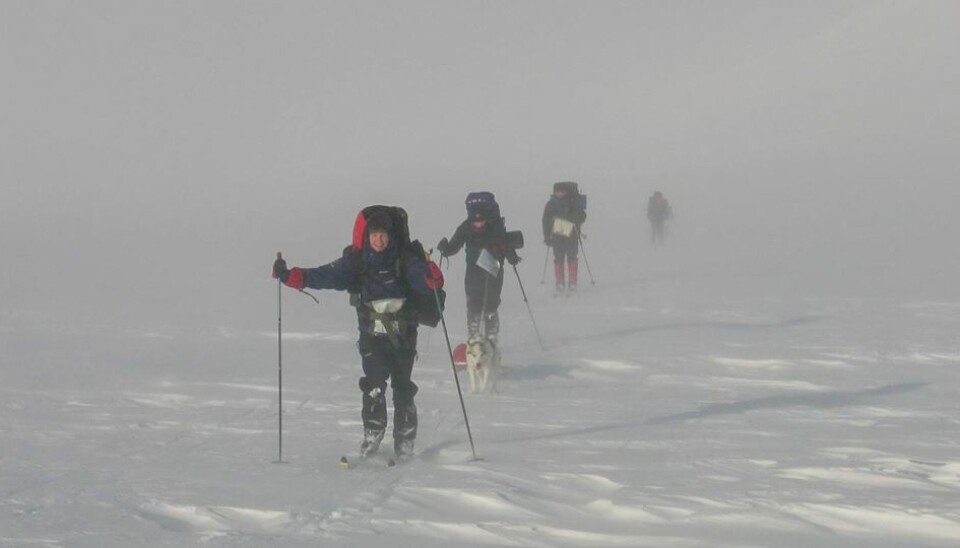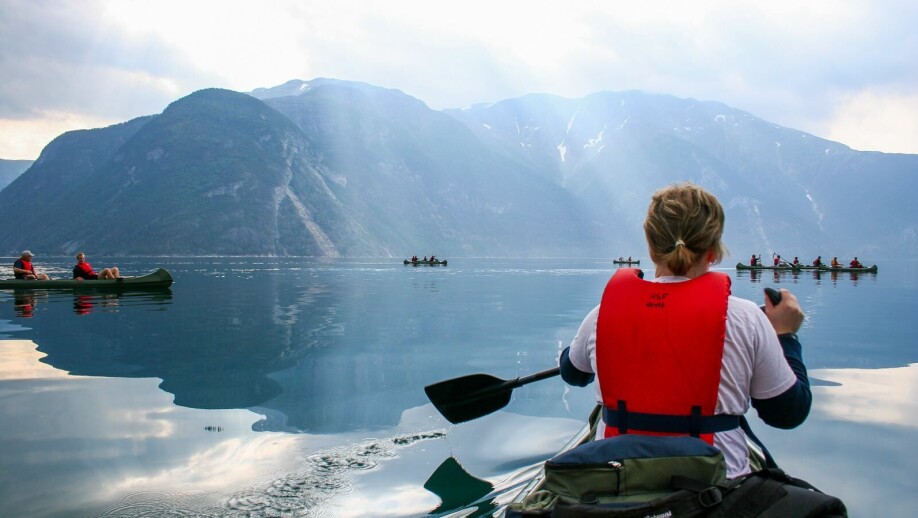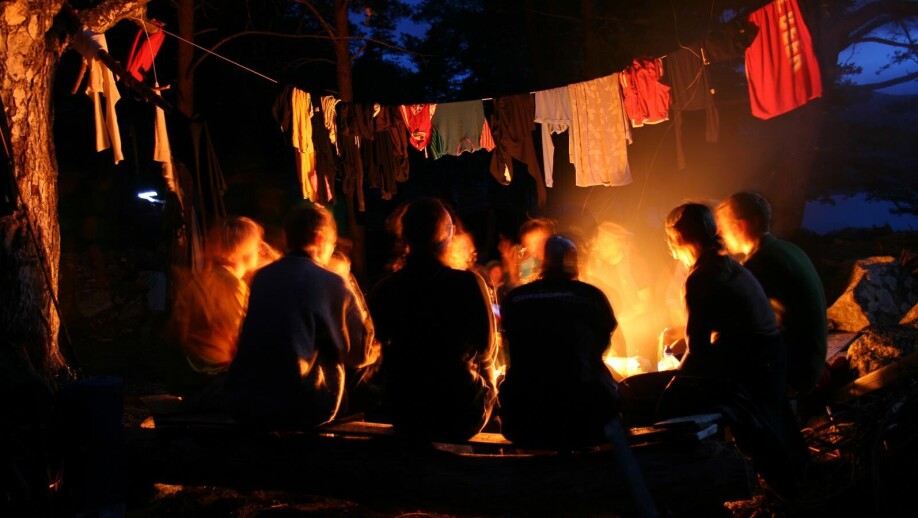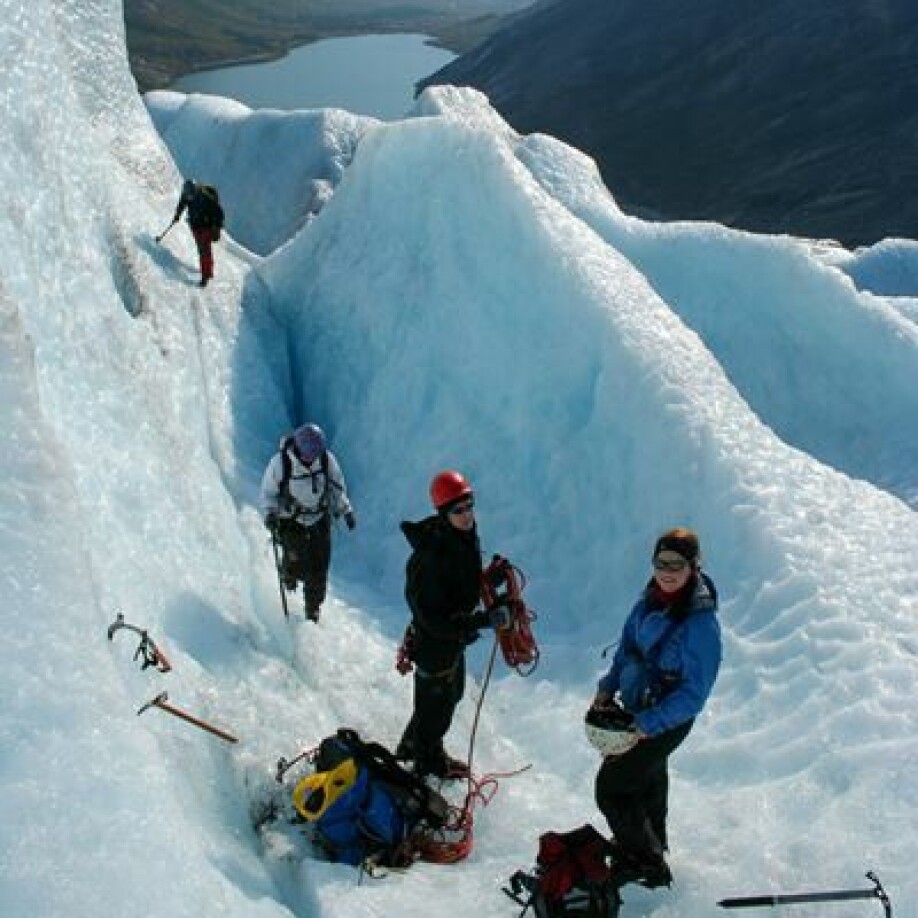THIS ARTICLE/PRESS RELEASE IS PAID FOR AND PRESENTED BY The Norwegian School of Sport Sciences - read more

Many outdoor accidents can be averted
Teachers who have not received adequate training in outdoor activities are one major cause of the many accidents that are occurring during outdoor education at Norwegian upper secondary schools.
49 teachers reported 143 accidents from their trips over the course of three years. Many teachers said that they took young people on trips high into the mountain during the middle of the winter, but all too often neither the teacher nor the young people were properly prepared.
“Several of these accidents could probably have been avoided if the teachers had been better trained in outdoor activities and had also trained and prepared their students better,” says Lena Dahl.

Teachers implicated
Ms. Dahl is behind a study of safety and accidents that occur when teaching outdoor activities during sports education at Norwegian upper secondary schools. But why do such accidents happen?
“Accidents are often complex. When something goes wrong, a lot of factors are involved. Although several things point towards the teacher leading the trip, there are often several causal factors involved, including system failure,” says Lena Dahl.
The study included reports from teachers about accidents and near accidents that had occurred on their trips. These accidents involved teachers or pupils suffering from physical or mental injuries, or such major damage to equipment that trips had to be cancelled. There were no deaths during the three-year period she investigated, but in several cases rescue operations were required. These accidents comprised everything from a twisted knee after falling with a heavy rucksack while skiing, to complete physical or mental exhaustion or having to be rescued after digging in during a storm.
Bad weather above the tree line
Lena Dahl has not studied individual accidents but she has identified the reasons behind them. She has also examined teachers' reflections about safety and accident prevention.
“A recurring theme among teachers is the classic attitude that outdoor activities should be a bit tough and be carried out in the highlands, preferably during the winter and even spending the night in a snow cave. There's not necessarily anything wrong with that, but the margins for both pupils and teachers start to narrow down in challenging terrain, particularly during the winter. That's when accidents are most likely to occur,” she says.
The classic example is an outdoor group travelling up into the mountains above the tree line and getting caught by bad weather — without having made adequate preparations. “Planning and preparation are the responsibility of the teacher and such trips need to be adapted to suit the circumstances and skills of the young people involved. But the teacher can only do this if he or she knows what it required. Several upper secondary school teachers who teach outdoor education appear to lack important expertise about teaching that very subject.”
No college training
According to the survey, only 31 per cent of the teachers had received adequate outdoor training, i.e. at least 60 credits or one year of outdoor activities. The survey also shows that the risks involved in having accidents is significantly higher for teachers without such outdoor education. This applied to 25 per cent of teachers.
“Consequently most teachers lack knowledge about everything ranging from statutory HSE requirements to risk assessment and planning procedures. Such competence is needed for teachers to be able to deal with hazards, know how to cope with incidents and know how to deal with pupils and essential equipment in the field if a situation becomes critical.”
That is why she believes the criticism aimed at teachers can often be passed on to the schools, school management and the authorities responsible for teacher education – and for inadequate competency requirements.

Too random
The findings of the survey show that many outdoor education teachers receive only internal training and consequently many teachers do not acquire essential outdoor recreation skills. Internal training takes place without any systems or procedures in place to quality-assure such training.
“Therefore the content can easily become random. And anyone receiving training could easily believe that they are better equipped than they actually are. This can decisive, especially in the mountains during the winter: a situation can quickly become critical unless the teacher has been able to asses the consequences of a situation in advance — and has a plan ready if something goes wrong.”
An internal training system should essentially also include a financial aspect. Teachers with little or no expertise in respect of outdoor activities must be given support to take time out from other duties so they can learn what is needed, either by attending quality-assured courses or through their studies.

Step-by-step training for inexperienced youngsters
However, she believes that perhaps the most important strategy would be for more teachers to avoid taking trips to the highlands, particularly during the winter, and instead plan more trips below the tree line, preferably during the spring, summer and autumn. This could make it easier to include pupils who do not have strong outdoor skills in outdoor education. They would acquire positive experiences of trips and actually learn something instead of simply striving to survive as best they can.
She points out that walking in tough terrain during challenging seasons is something that students need to learn in stages. Mastering this requires practice and it is possible that not all pupils are capable of undertaking such trips during their three years of studying sports science. Similarly, teachers should possess specific expertise before they are allowed to lead particularly demanding trips.
Speaking of pupils: many of the teachers said that young people have generally become less experienced and less accustomed to outdoor activities over the past 10 years or so. The teachers highlighted the fact that students today would appear to be less physically fit, have reduced mental capacity and are less accustomed to dealing with different situations. This places even greater pressure on teachers — and on their training.

Great experiences under easier conditions
However, in order to be successful, she believes that one important strategy would be to have a more clearly defined curriculum for sports subjects: it should be specified more clearly that teachers should place priority on undertaking trips during less challenging seasons and in less demanding terrain. “In addition, more outdoor recreation needs to be included in teacher training, which should include both in-depth trip planning and training in respect of undertaking trips during the winter.”
Despite many accidents, Lena Dahl does not believe that the situation is one of doom and gloom. She says that a lot of positive things have occurred since the 1980s and 90s when many more people were injured or died on school trips.
“Now we hardly have any fatal accidents,” she maintains. She believes that it is important to highlight the fact that her findings - despite the criticism they imply - show that many teachers and schools are really good at complying with the statutory requirements by implementing written risk analyses, accident systems, safety procedures and thorough evaluations. However, the reverse is also true as well.
She points out that we can have great experiences on trips into the countryside, regardless of whether or not we choose to lie in a hammock or go for long winter walks. Something unexpected and exciting will always happen, but such trips are not improved by being demanding and unnecessarily risky.
———
Read the Norwegian version of this article at forskning.no
See more content from The Norwegian School of Sport Sciences:
-
Football expert wants to change how people watch football at home
-
Kristine suffered permanent brain damage at 22: "Life can still be good even if you don’t fully recover"
-
Para sports: "The sports community was my absolute saving grace"
-
Cancer survivor Monica trained for five months: The results are remarkable
-
What you should know about the syndrome affecting many young athletes
-
New findings on how athletes make the best decisions





































